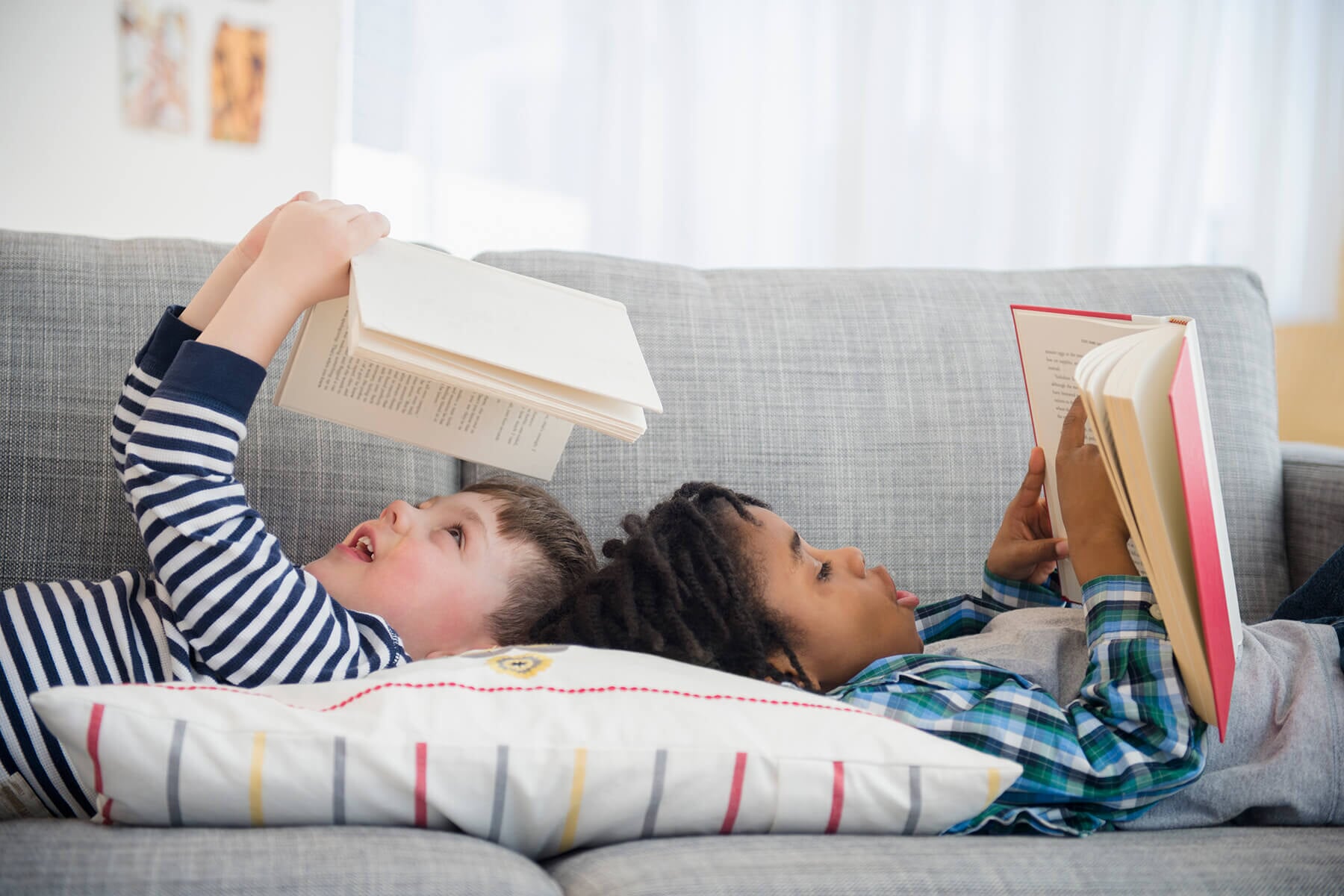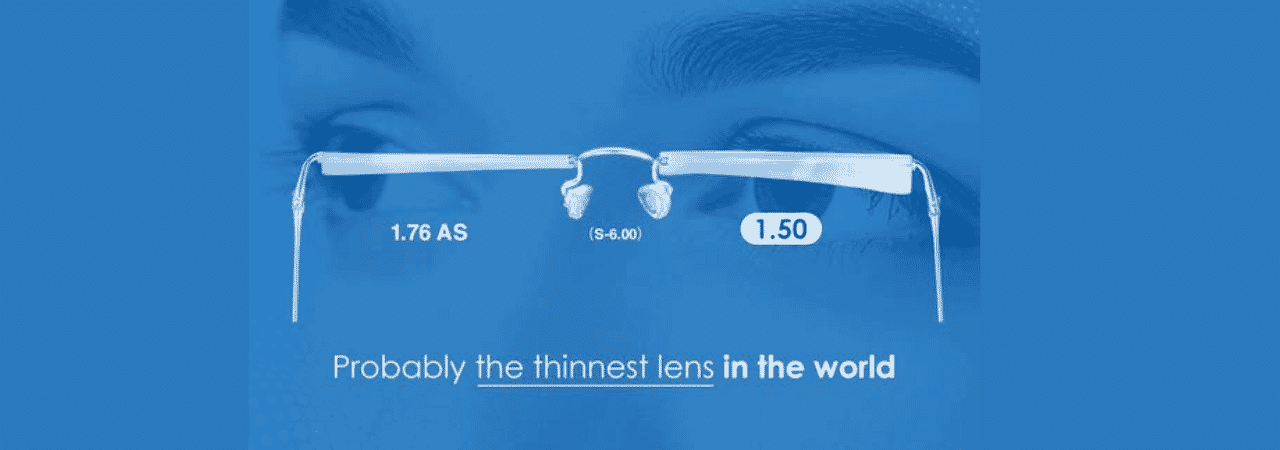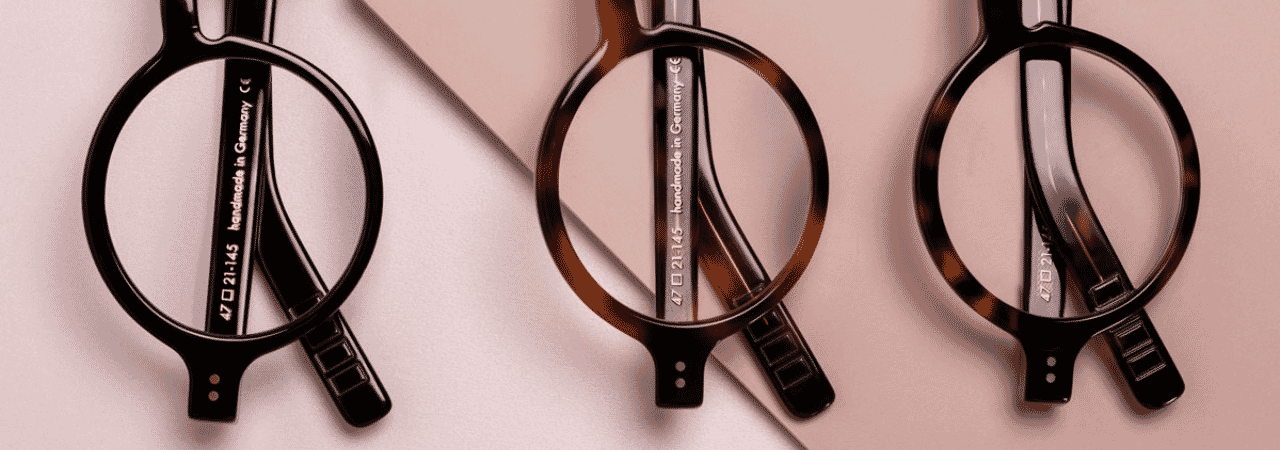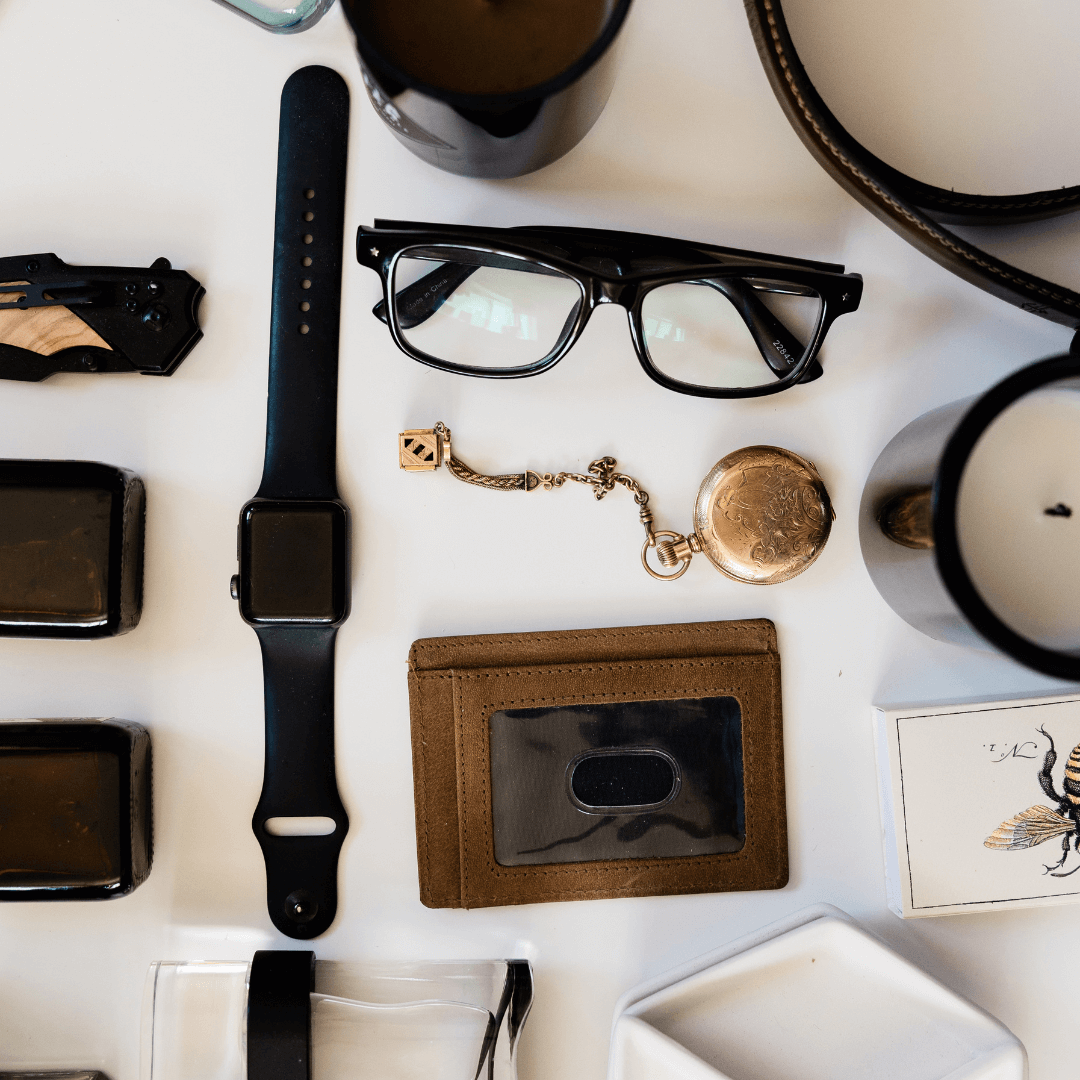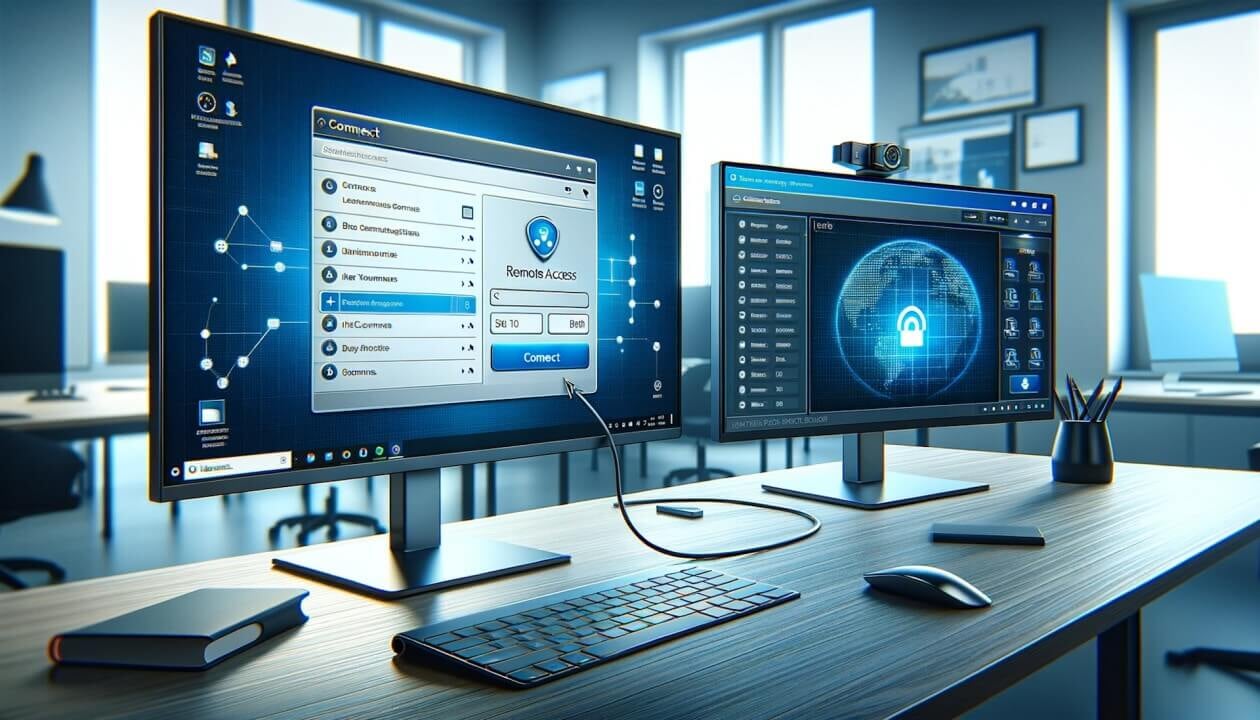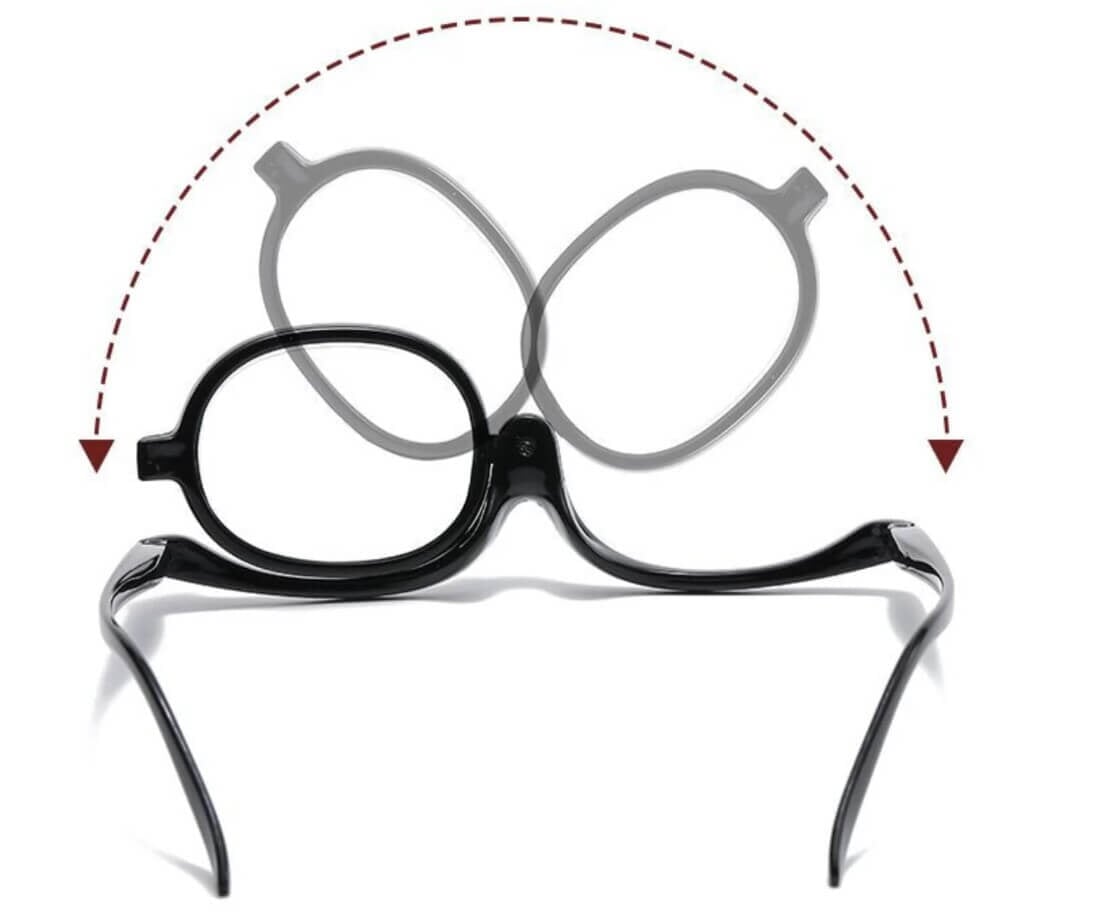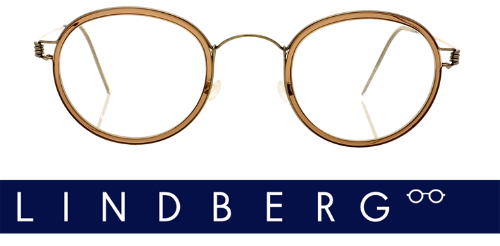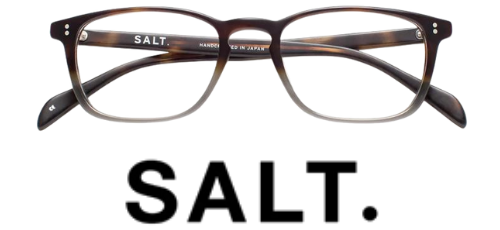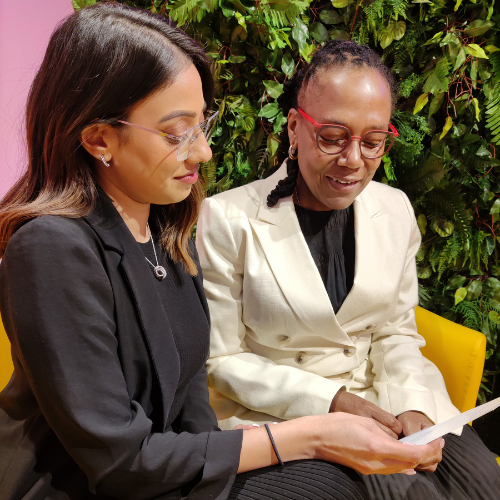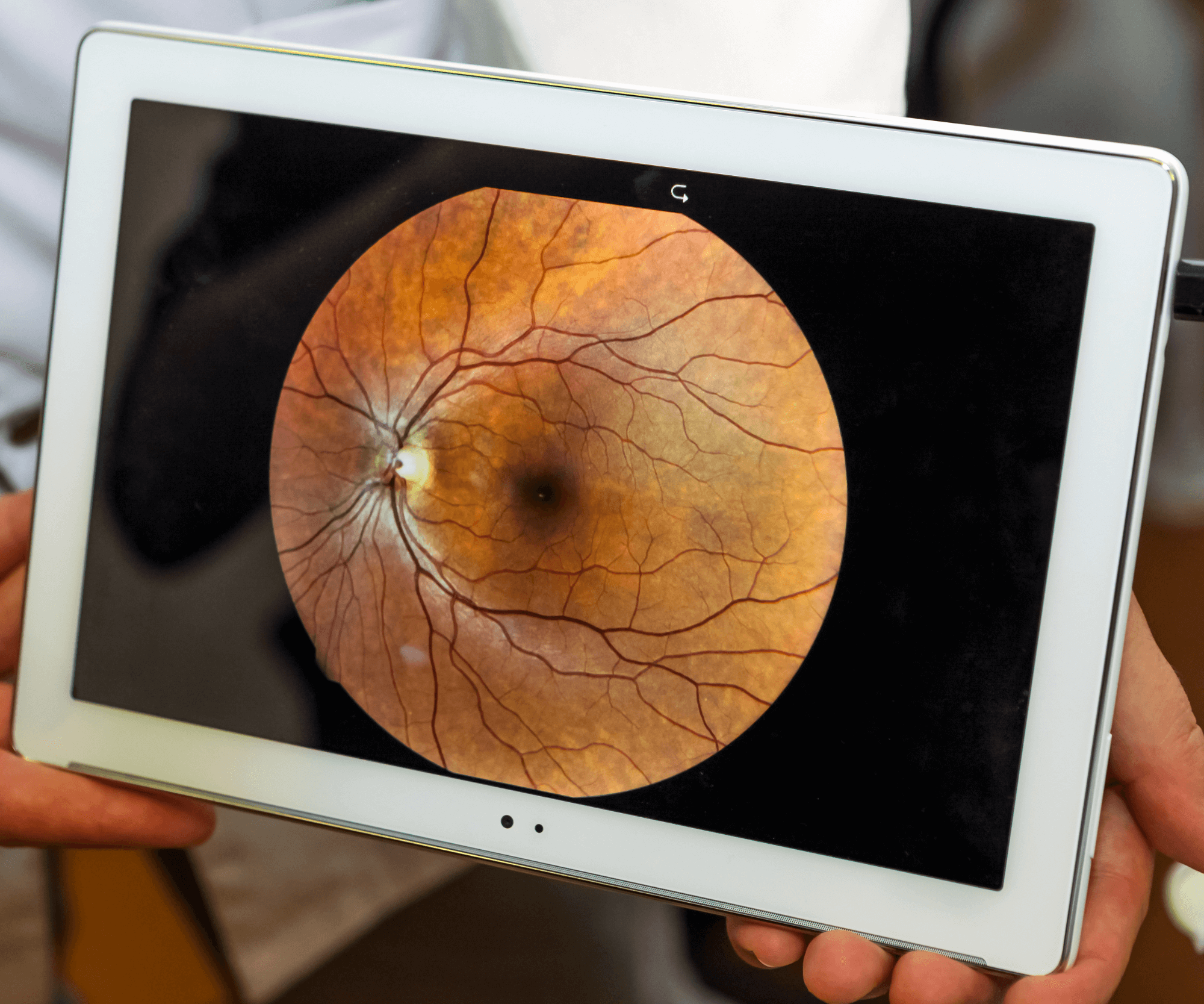Myopia, commonly known as nearsightedness, is increasingly prevalent among children, but there’s good news: there are plenty of ways you can help manage and delay its progression right from the comfort of your home. Here’s a smart, holistic guide to giving your child the best visual opportunities for a clear and vibrant future.
Encourage Outdoor Play
One of the simplest yet most effective ways to slow down myopia progression is to ensure your child spends ample time outdoors. Studies have shown that natural light can significantly reduce the risk of developing myopia. Aim for at least two hours of outdoor play each day. Activities like playing sports, cycling, or simply running around in the park can make a big difference.

Optimise Indoor Lighting
When your child is indoors, proper lighting is crucial. Make sure their study or play area is well-lit to avoid excessive eye strain. Natural light is best, so position desks and play areas near windows. When natural light isn’t available, use bright, evenly distributed artificial lighting to create an optimal environment for reading and other close-up tasks.
Limit Screen Time
In our digital age, screen time is almost unavoidable, but it’s essential to manage it wisely. Encourage breaks from screens every 20 minutes to let their eyes rest. Use the 20-20-20 rule: every 20 minutes, look at something 20 feet away for at least 20 seconds. This simple practice can help reduce eye fatigue and strain.
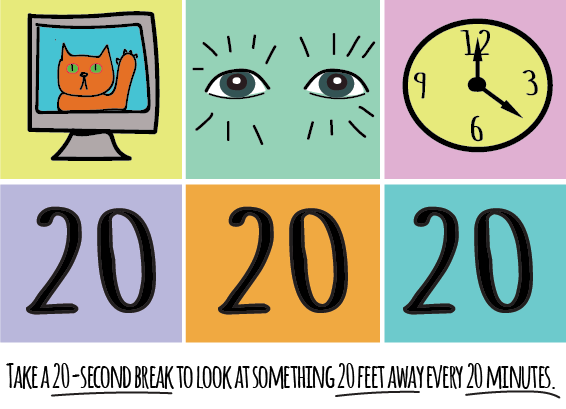
Promote a Balanced Diet
Nutrition plays a key role in eye health. Ensure your child’s diet is rich in essential nutrients like omega-3 fatty acids, vitamins A, C, and E, and zinc. Foods such as leafy greens, fish, eggs, nuts, and colourful fruits can support healthy vision. A well-rounded diet not only boosts overall health but also helps maintain optimal eye function.
Eye-Friendly Ergonomics
Proper ergonomics can go a long way in preserving your child’s vision. Make sure their study area is set up correctly with an appropriately sized chair and desk. The top of the computer screen should be at or slightly below eye level, and the screen should be about an arm’s length away. This setup helps maintain a natural posture and minimises eye strain.
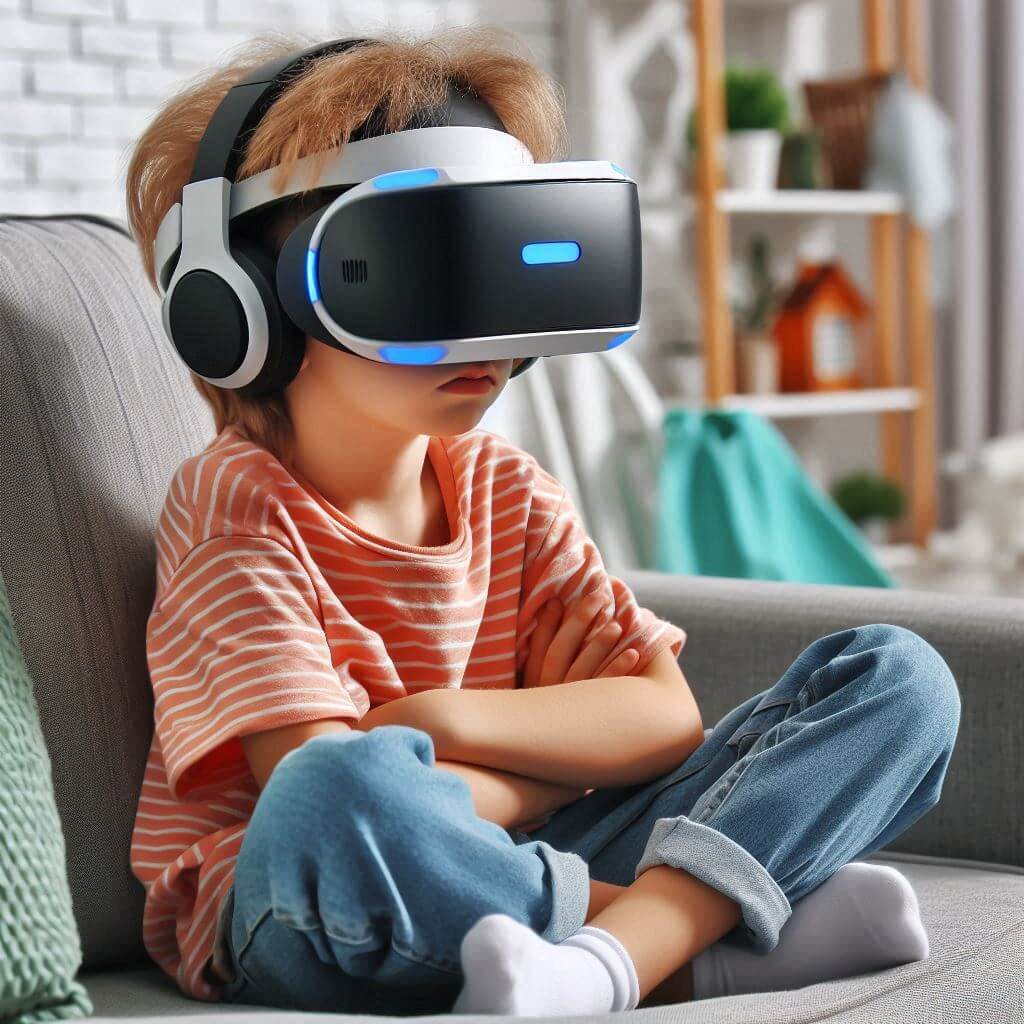
Regular Eye Check-ups
Don’t underestimate the importance of regular eye examinations. Schedule annual check-ups with an eye care professional to monitor your child’s eye health and catch any changes early. Early intervention can significantly impact the management of myopia and overall eye health.
By incorporating these smart, holistic strategies into your daily routine, you can give your child the best chance at maintaining healthy vision. Embrace these practices with confidence, knowing you’re supporting their visual journey with the care and attention it deserves.


